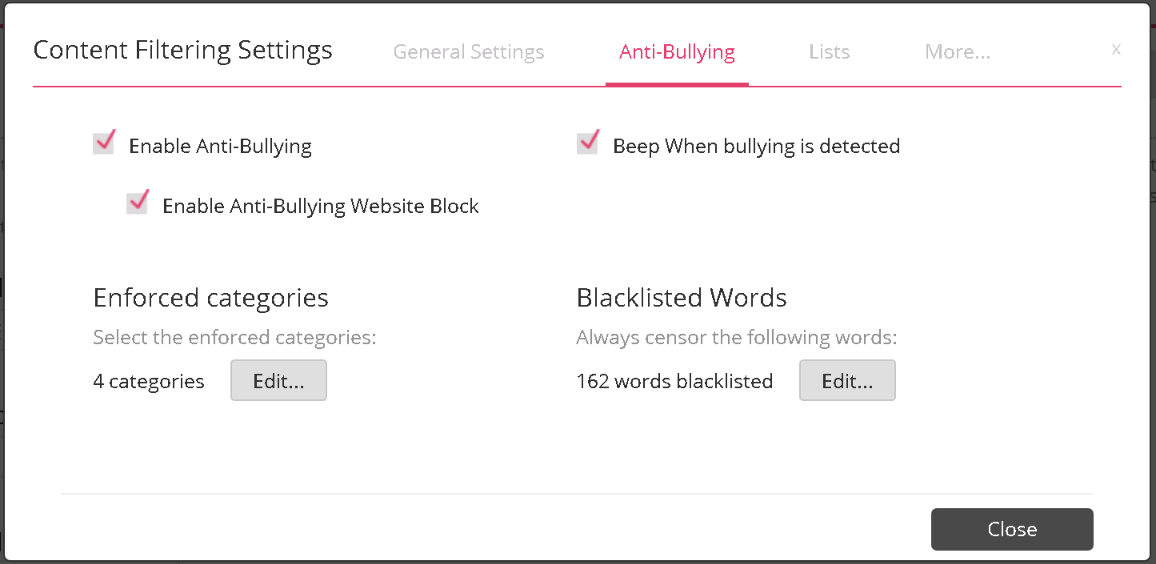By Lloyd Tanaka, Product Marketing Manager, April 3rd 2019
The Momo Challenge, a purported suicide game targeting children on Facebook or YouTube, reared its ugly head, yet again. This urban legend sent chills to caregivers, schools, and police agencies that children were being lured by social media user Momo to engage in violent attacks and self-harm. Though deemed a hoax, Momo serves as a stern warning that children online are not immune from cyber abuse.

The Challenge offers us three valuable lessons: 1) Children readily access content via websites, YouTube videos, messaging apps, and social media apps, 2) The internet is the breeding ground for content, good and bad, fact and fiction, and 3) Technology is available to prevent cyberthreats and cyberbullying with children.
Blocking harmful content in schools
Realizing the need to bring safe online experiences for school-age children, Check Point Software created SandBlast for Education. This solution shields learners on Chromebook laptops from online abuses such as inappropriate content, phishing attacks, and cyberbullying in social networks. It ensures a safer, risk-free internet environment by monitoring and alerting of students’ online behavior and protects a school’s IT infrastructure from cyber threats.
SandBlast for Education gets children’s web browsing off to a safe start. As seen in the graphic below, a single check of a box shows the ease in providing safe searches on Google, YouTube, Bing, among other search engines.

To prevent access to malicious websites, SandBlast for Education blocks offending URLs and filters out harmful content. School IT administrators could have proactively blacklisted key words such as “Momo,” “Suicide,” “Kill,” and “Die” to prevent access to an online nightmare like Momo.
SandBlast also uses anti-bullying technology to prevent cyberbullying prevalent in chats, instant messaging, and other social networking sites, including Facebook. The following image shows how easy it is to enable content filtering in SandBlast for Education:

Cyberthreats targeting children are a real and present danger. As educational technologies (EdTech) have grown and with the increased collection of student data, so have safety and privacy concerns. Under-secured endpoints increase the risks as cyber criminals locate ‘soft targets’ to harvest data that can be sold on the dark web.
The U.S. Federal Bureau of Investigation in a Public Service Announcement cited the diverse types of data that can be collected in school settings. It can include:
- Personally identifiable information (PII)
- Biometric data
- Academic progress
- Behavioral, disciplinary and medical information
- Web browsing history
- Other sensitive data
“Malicious use of this sensitive data could result in social engineering, bullying, tracking, identify theft, or other means of targeting children.”[1] –U.S. Federal Bureau of Investigation
[1] “Public Service Announcement, Alert Number I-091318-PSA,” Federal Bureau of Investigation, Sep 13, 2018
Fortunately, the Momo Challenge was a viral hoax, but it and other online abuses should serve as a warning that every day, students and schools are targeted by cyber criminals. Parents and school district administrators can take solace that technology is available today to reduce the online risks in schools, and prevent children from entering the dark areas of the internet.
Information on SandBlast for Education can be obtained by visiting https://www.checkpoint.com/solutions/education/









